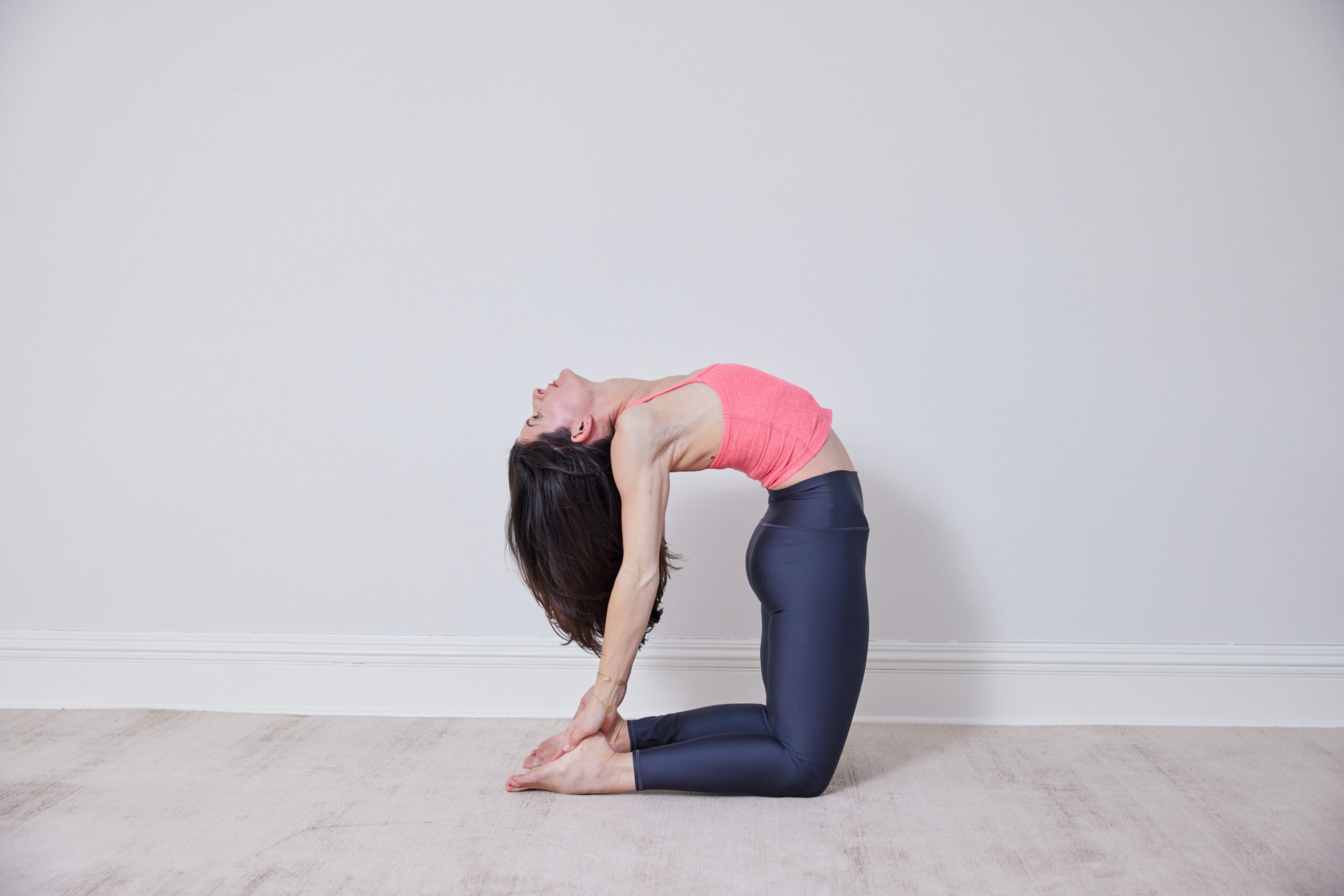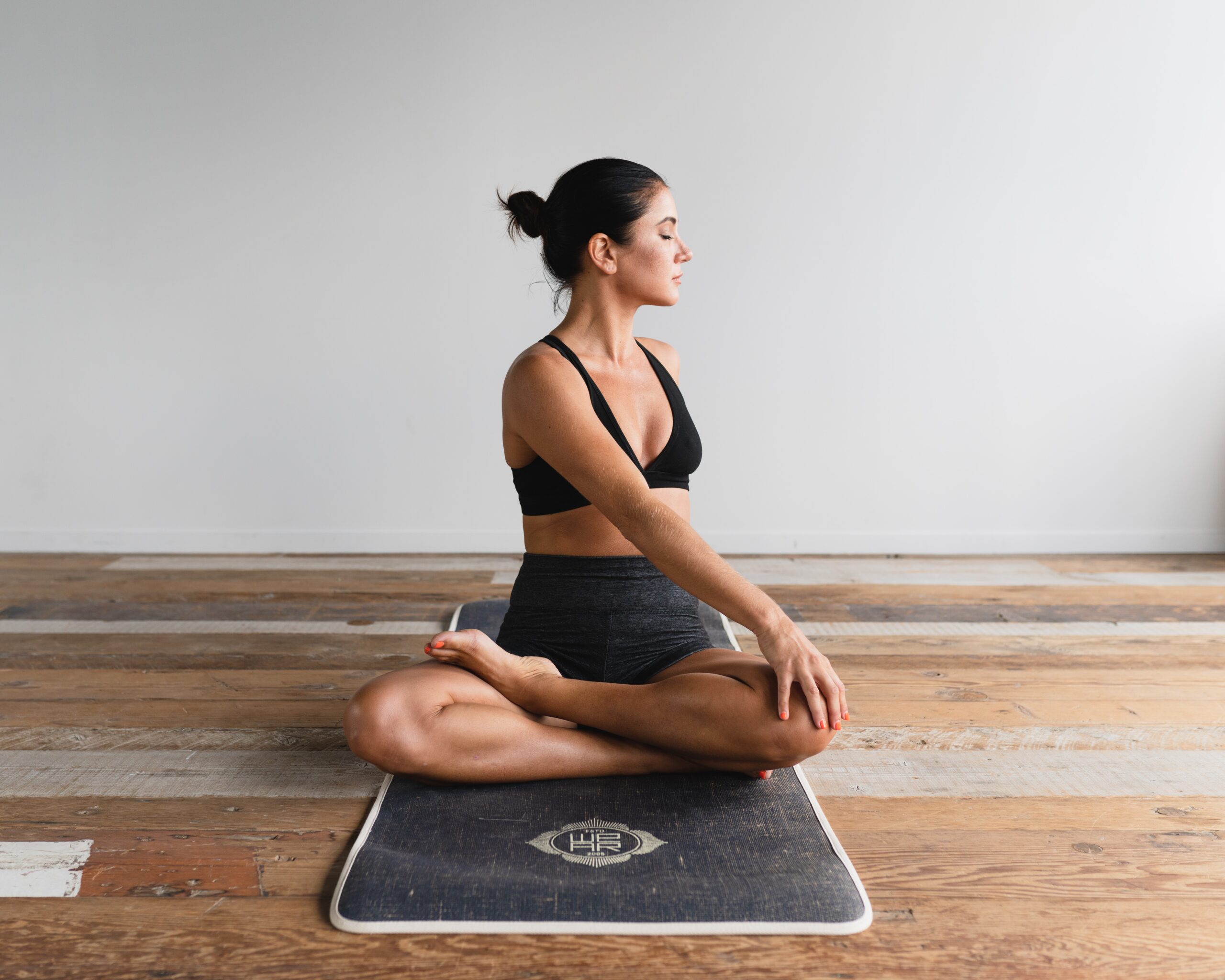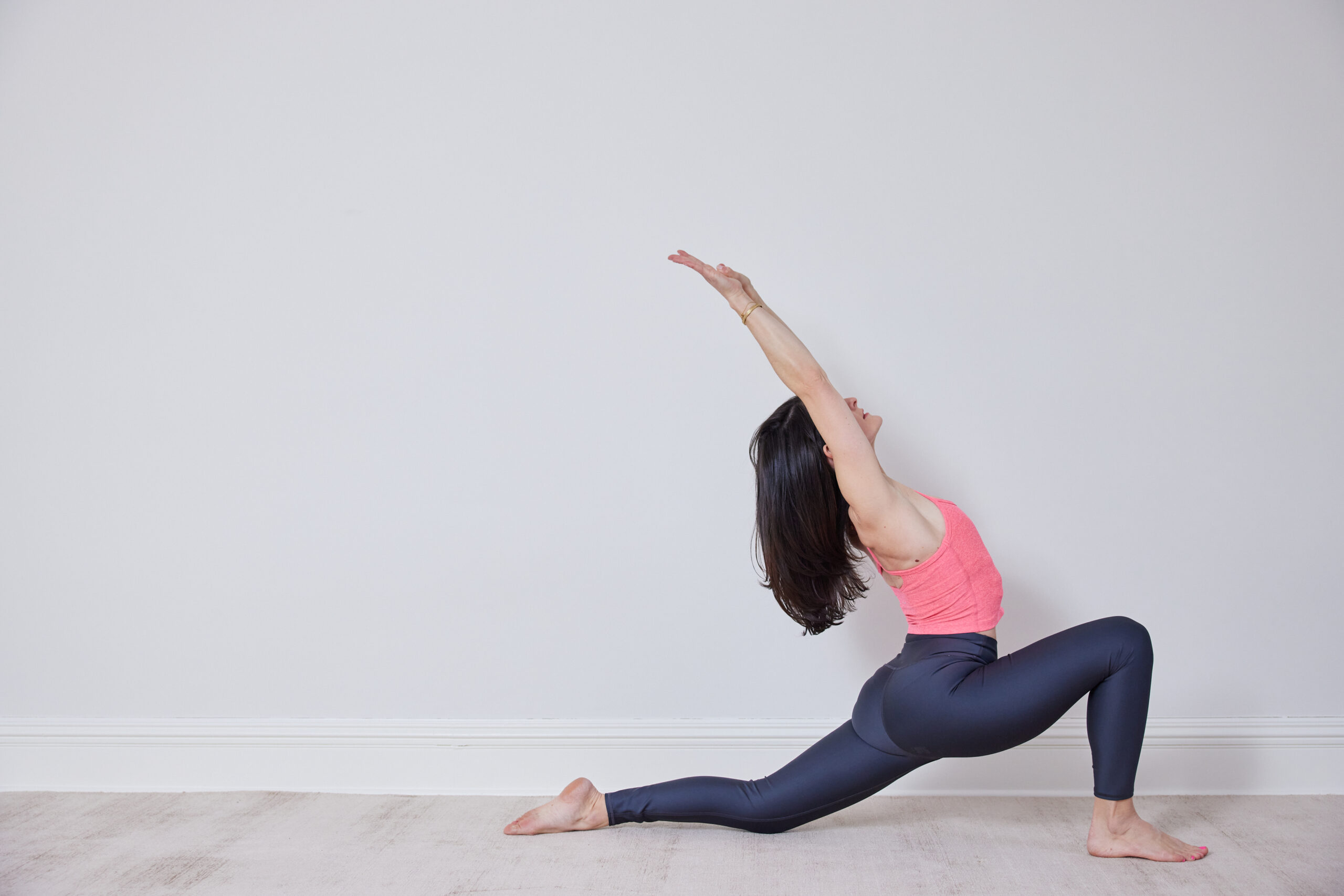What is Vinyasa Yoga?
Twisting is a crucial component of yoga and is thought to be a potent tool for purging the body and mind. Twists, which require rotating the torso around the spine, are good for digestion, flexibility, and muscle strengthening while promoting stability and grounding.
Twists are particularly helpful to cleanse and regenerate both body and mind after the stagnation of winter and as we enter the spring season.
In this blog post, we’ll discuss the physical and mental benefits of twisting in yoga asana as well as recommendations to practice twists safely. We’ll cover:
The physical & mental benefits of twisting in yoga asana
Recommendations on how to approach twists safely

The physical & mental benefits of twisting in yoga asana
Cleansing benefits
Twists are frequently referred to as “cleansing” postures in yoga asana because they aid in promoting detoxification and stimulating the digestive system by massaging internal organs, such as the kidneys, intestines, and liver, and improving general blood flow.

Cleansing benefits include:
- Improved digestion
- Eased constipation
- Reduced bloating
- Enhanced general blood flow
Musculoskeletal benefits
Twists work on the lower limbs, back, and core muscles, which help develop flexibility but also stability, power, and rootedness.
Musculoskeletal benefits include:
- Reduced back pain
- Improved lumbar mobility
- Strengthened the abdominal muscles
- Eased neck and shoulder stiffness
- Increased general flexibility
- Widened ribcage and improved lung capacity
Grounding & empowering benefits
According to the ancient Indian medical system of Ayurveda, twists are grounding and relaxing to both the body and the mind. Twisting, which is related to movement and change, is said to help regulate the ever-changing quality of the Vata dosha by promoting stability.
Twists also stimulate digestive fire and personal power by awakening the Manipura chakra, the third or solar plexus chakra, situated somewhere between the navel and the base of the sternum, a couple of fingers above the belly button.
Seasonal benefits

According to Ayurveda, twists are particularly helpful when transitioning from winter into spring; a time of the year prone to uneasiness and instability as we leave behind the quiet reflection of the previous months to enter a season of renewed energy.
The Kapha dosha, which is characterized by traits like heaviness, coldness, and dampness, is connected to the Spring season. Ayurveda advises cleansing and energizing activities, such as twisting in yoga, to move out winter stagnation and balance the Kapha dosha during this time of year.
The internal systems, such as the liver, kidneys, and gastrointestinal tract, which can become lethargic during the winter, are thought to be stimulated and detoxified by twisting poses. This can aid in the body’s release of built-up toxins and waste, which can enhance energy levels, mental clarity, and general wellness.
Recommendations on how to approach twists safely

Even though twists can be good for the body and the mind, it’s essential to use caution and care when performing them to prevent harm. Here are some tips for properly practicing twists.
1. Warm-up: to prepare the muscles and joints for twisting, it’s essential to gently stretch and move the body before beginning.
2. Rotate slowly: it’s crucial to rotate slowly and mindfully, paying attention to the body’s cues rather than forcing the motion.
3. Take a long inhale before twisting. This will lengthen the backbone and create room between the vertebral column which will make the twist safer and more efficient.
4. Use props: you can support your body and make twists more comfy and available by using props like blocks, straps, and blankets.
5. Pay attention to the alignment: to prevent stress on the spine and other parts of the body, it’s crucial to keep correct alignment when twisting. Before twisting, contract the abdominal muscles and lengthen the vertebrae.
6. Pay attention to your body: It’s essential to back off, modify the pose, or exit the twist entirely if discomfort or pain is experienced.
7. Don’t press the spin: When doing a twist, don’t push your body too far. Instead, keep the rotation as deep as possible while still staying within your range of motion.
8. Slowly release the twist: It’s crucial to release the twist one part of the spine at a time while moving slowly and deliberately out of the twist.
9. Practice with an experienced teacher: When practicing twists, an experienced yoga instructor can help to ensure correct alignment, reduce the risk of injury, and maximize the benefits of the pose.
10. Don’t twist if you are pregnant and seek modifications from a certified prenatal yoga instructor.

I understand what it's like to desire more out of life and look to yoga as a path to wellbeing. Your practice can awaken new perspectives as you tune in with your physical and emotional body.
When I started practicing, my finance career was at its height of success. I had the fancy job title but lacked fulfillment. I found the more I leaned into the yogic path, the more my whole life came into alignment.
I'm Hélène
Hey there!
more about me
FREE DOWNLOAD
Steal This
Get Your Ashtanga
Starter Kit
Practice With Me
group classes
private YOGA
WORKSHOPS
RETREATS
What is Ashtanga Yoga?

Twisting is a crucial component of yoga and is thought to be a potent tool for purging the body and mind. Twists, which require rotating the torso around the spine, are good for digestion, flexibility, and muscle strengthening while promoting stability and grounding.
Twists are particularly helpful to cleanse and regenerate both body and mind after the stagnation of winter and as we enter the spring season.
In this blog post, we’ll discuss the physical and mental benefits of twisting in yoga asana as well as recommendations to practice twists safely. We’ll cover:
The physical & mental benefits of twisting in yoga asana
Recommendations on how to approach twists safely

The physical & mental benefits of twisting in yoga asana
Cleansing benefits
Twists are frequently referred to as “cleansing” postures in yoga asana because they aid in promoting detoxification and stimulating the digestive system by massaging internal organs, such as the kidneys, intestines, and liver, and improving general blood flow.

Cleansing benefits include:
- Improved digestion
- Eased constipation
- Reduced bloating
- Enhanced general blood flow
Musculoskeletal benefits
Twists work on the lower limbs, back, and core muscles, which help develop flexibility but also stability, power, and rootedness.
Musculoskeletal benefits include:
- Reduced back pain
- Improved lumbar mobility
- Strengthened the abdominal muscles
- Eased neck and shoulder stiffness
- Increased general flexibility
- Widened ribcage and improved lung capacity
Grounding & empowering benefits
According to the ancient Indian medical system of Ayurveda, twists are grounding and relaxing to both the body and the mind. Twisting, which is related to movement and change, is said to help regulate the ever-changing quality of the Vata dosha by promoting stability.
Twists also stimulate digestive fire and personal power by awakening the Manipura chakra, the third or solar plexus chakra, situated somewhere between the navel and the base of the sternum, a couple of fingers above the belly button.
Seasonal benefits

According to Ayurveda, twists are particularly helpful when transitioning from winter into spring; a time of the year prone to uneasiness and instability as we leave behind the quiet reflection of the previous months to enter a season of renewed energy.
The Kapha dosha, which is characterized by traits like heaviness, coldness, and dampness, is connected to the Spring season. Ayurveda advises cleansing and energizing activities, such as twisting in yoga, to move out winter stagnation and balance the Kapha dosha during this time of year.
The internal systems, such as the liver, kidneys, and gastrointestinal tract, which can become lethargic during the winter, are thought to be stimulated and detoxified by twisting poses. This can aid in the body’s release of built-up toxins and waste, which can enhance energy levels, mental clarity, and general wellness.
Recommendations on how to approach twists safely

Even though twists can be good for the body and the mind, it’s essential to use caution and care when performing them to prevent harm. Here are some tips for properly practicing twists.
1. Warm-up: to prepare the muscles and joints for twisting, it’s essential to gently stretch and move the body before beginning.
2. Rotate slowly: it’s crucial to rotate slowly and mindfully, paying attention to the body’s cues rather than forcing the motion.
3. Take a long inhale before twisting. This will lengthen the backbone and create room between the vertebral column which will make the twist safer and more efficient.
4. Use props: you can support your body and make twists more comfy and available by using props like blocks, straps, and blankets.
5. Pay attention to the alignment: to prevent stress on the spine and other parts of the body, it’s crucial to keep correct alignment when twisting. Before twisting, contract the abdominal muscles and lengthen the vertebrae.
6. Pay attention to your body: It’s essential to back off, modify the pose, or exit the twist entirely if discomfort or pain is experienced.
7. Don’t press the spin: When doing a twist, don’t push your body too far. Instead, keep the rotation as deep as possible while still staying within your range of motion.
8. Slowly release the twist: It’s crucial to release the twist one part of the spine at a time while moving slowly and deliberately out of the twist.
9. Practice with an experienced teacher: When practicing twists, an experienced yoga instructor can help to ensure correct alignment, reduce the risk of injury, and maximize the benefits of the pose.
10. Don’t twist if you are pregnant and seek modifications from a certified prenatal yoga instructor.





